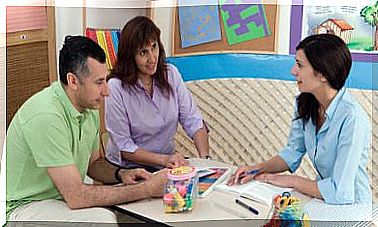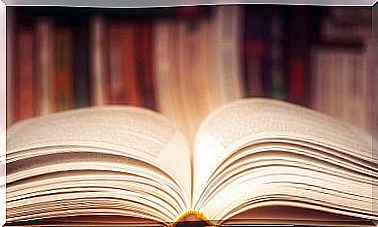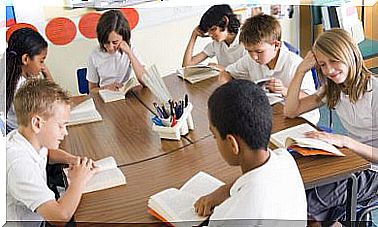Main Forms Of Learning Difficulties
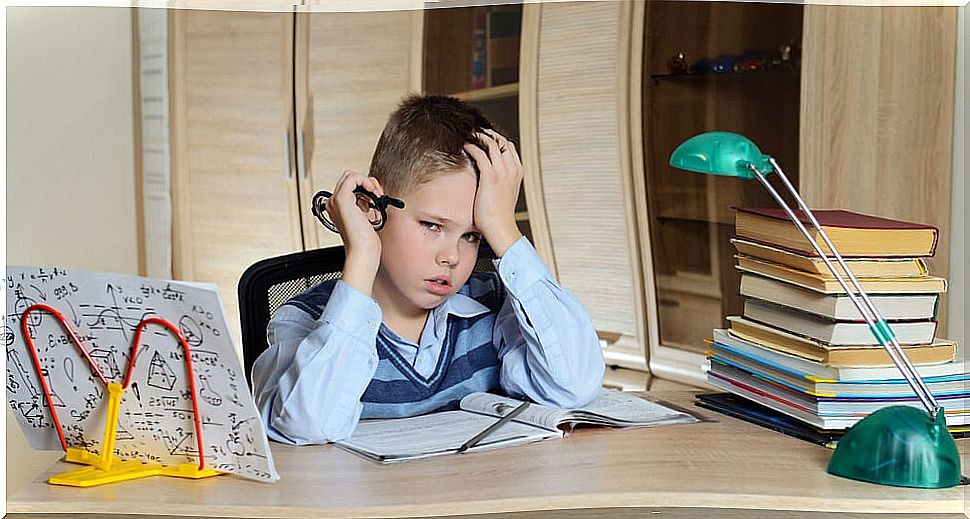
In general, when we talk about learning disabilities, we automatically think of students with special educational needs. However, we should not confuse it with what are called learning difficulties, which are a different category within special education. Therefore, in this article we explain the main forms of learning difficulties that exist.
Main forms of learning difficulties: what do they consist of?
As defined by the National Joint Committee For Learning Disabilites (NJCLD), learning difficulties is a term that refers to a series of alterations, which are manifested in difficulties related to the skills of speaking, reading, writing, reasoning or mathematical skills.
Regarding their origin, these alterations are intrinsic to the individual and are due to dysfunctions of the central nervous system ; being able to take place throughout the entire life cycle.
In learning matters, a student who has difficulties to follow the ordinary educational system and, ultimately, does not achieve the objectives set for their corresponding academic level, will not be able to progress no matter how much the student tries or receives effective instruction unless you receive personalized educational attention.
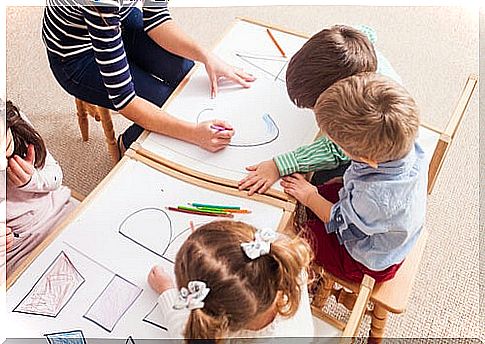
Once the concept of learning difficulties has been defined, what are the main ways in which difficulties in school learning materialize?
Dyslexia
Dyslexia, in general terms and from a clinical point of view, refers to difficulties in learning to read and write. That is, as the specialist teacher in language psychology Benito Marín expresses, a child is considered dyslexic when he encounters difficulties in learning to read, despite having sufficient intellectual development to access it.
Now, when talking about dyslexia, we must know how to distinguish the different ways in which it manifests itself:
- Acquired dyslexia, which, according to the psychologist Fernando Cuetos, encompasses all those students who, even having achieved a certain level of reading, lose reading skills as a result of a brain injury.
- Developmental dyslexia, which originates in the process of acquiring the ability to read and write in the school context, without causing trauma or neurological injury. That is, the student never learned to read correctly, which leads to him being at a disadvantage compared to his peers.
Dyscalculia
For their part, dyscalculias refer to the loss or inability of calculation for the student in the mental processes that make it possible or in the arithmetic rules that support them. That is, it consists of the difficulty when performing mathematical calculations, identifying numbers, etc.
Dysgraphia, one of the main forms of learning difficulties
Regarding dysgraphia, this refers to difficulties in learning to write in terms of the way in which students express the outline and meaning.
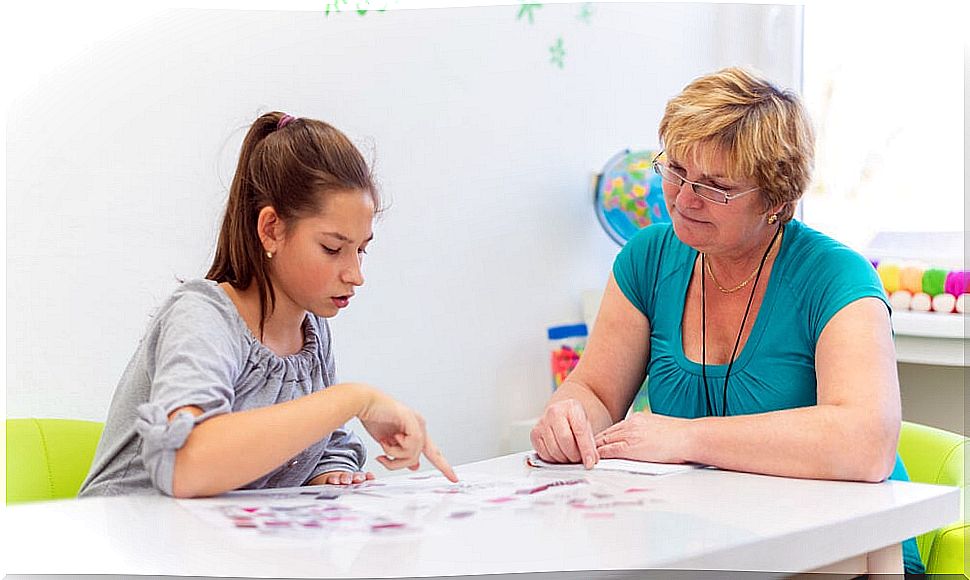
- Acquired dysgraphia, in which, like acquired dyslexia, students lose writing skills after suffering a trauma or brain accident.
- Evolutionary dysgraphia manifests itself in difficulties when learning to write.
- Graphomotor dysgraphia, which consists of a praxic disorder of Manuela’s writing, appreciated in legibility and regularity.
Dysorthography
Dysorthography consists of the errors that the student commits in writing regarding its morphological structure; without affecting the layout or spelling.
In other words, as defined by Marín, dysorthography refers to the writing difficulties that compromise the learning and automation of the processes responsible for the student having an appropriate spelling for the spoken word.
In short, both parents and educators have the duty not only to know the main forms of learning difficulties, but also to know how to identify them. And, in this way, make it known, later, to the educational center the student attends, or to the appropriate professionals and specialists.

